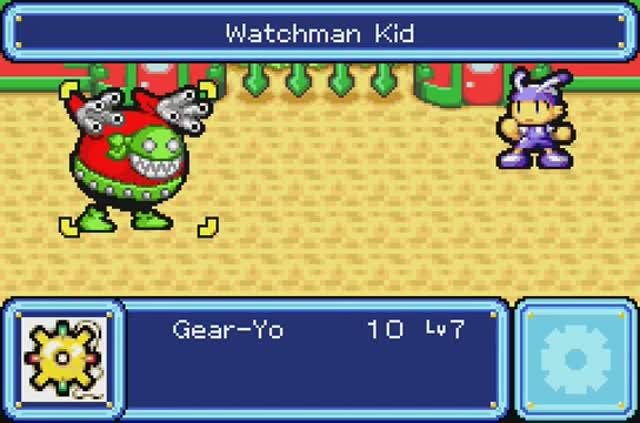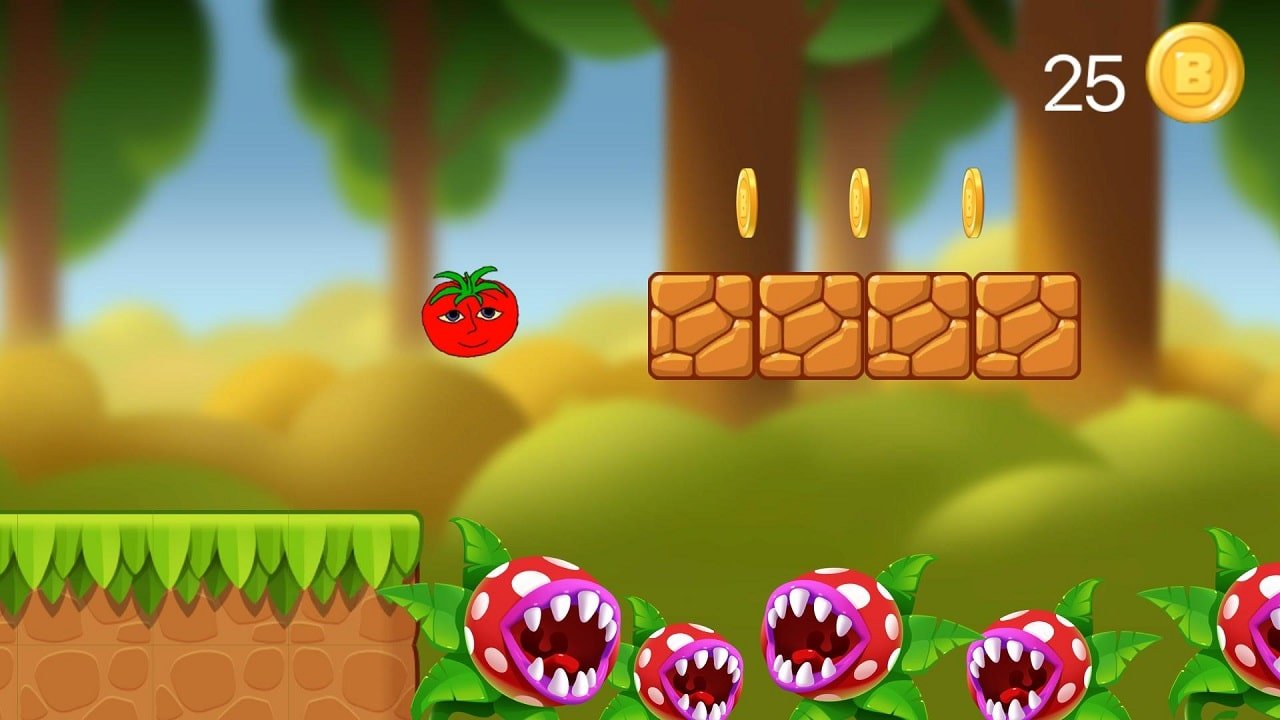Tomato Adventure GBA: Cult Classic A Unique RPG’s Journey

Out of a myriad of Game Boy Advance (GBA) games, there is a strange present: the Tomato Adventure. In its development, this weird role-playing game (RPG) underwent a fascinating journey from its initial commercial disappointment to its cult status. This article discusses the story of Tomato Adventure GBA, with the main topics being the development, gameplay, and the reasons for its lack of success.
The Tomato Adventure Origin Story
AlphaDream, which developed Tomato Adventure, was behind the Mario & Luigi RPG franchise, a Japanese video game development company. The Game Boy Advance platform was used in the beginning, on the 25th of January 2002, when it was exclusively released in Japan.
Development and Concept
The game’s foundation was first formulated as an art experiment. It was designed to introduce a nontraditional but appealing entertainment type to the RPG game, creating a different world with quirky characters and unique gameplay mechanics.
-
Art Direction
The Tomato Adventure series stands out for its vibrant and colorful art style. The character designs, which consist of cute and bizarre features, differ from those of the GBA titles at that time.
-
Gameplay and Features
Fundamentally, Tomato Adventure is an RPG, but it does not have the exact mechanisms that make it different from other typical RPG games.
-
Story and Setting
The game is set in the Ketchup Kingdom, a world where tomatoes are not just vegetables but are essential characters. Demikko, the young hero, has to save his girlfriend from the evil Prince Ketchup. This is an impressively imaginative game, and the funny theme derived from vegetables can be observed.
-
Battle System
Unlike the traditional turn-based RPGs, Tomato Adventure is a unique game featuring a new type of battle system based on mini-games. Players were required on a complete basis to participate in various reflex games and then attack or defend their position. The game comes with a new concept of fights, making the combat activity more interactive and engaging.

Exploration and Puzzle-Solving
The game universe comprises various towns, dungeons, and secret places, becoming a gamer’s paradise. Elements of the puzzle-solving mind and the game’s mechanism offer different ways for the players to solve problems, thus making them the storytellers.
-
Reasons for Initial Failure
Despite its excellent twists, Tomato Adventure GBA didn’t do as well as expected. Several factors led to this unfortunate event:
-
Limited Release
The failure of Tomato Adventure can be attributed to its limited geographic distribution area. This means that the game was confined to the Japanese market, which is not what the developer had initially planned.
Unconventional Gameplay
The game tried to use game mechanics not seen in traditional turn-based games, which can be both a good point and an obstacle to some more conservative kids. The change from the regular to the new mechanics, which was practically how producers looked to differ from the old stuff, might have produced fear for people who had grown used to the accustomed ones.
-
Marketing Challenges
However, marketing could be problematic if the product is aimed at a niche market with a catchy-sounding but esoteric title such as Tomato Adventure. One reason may be the game’s complexity, which is not returned for a standard commercial, yet it remains a substantial supplier of joy in the game content.
-
Competitive Market
The Game Boy Advance had no dearth of RPGs, such as Pokémon and Final Fantasy, which also belong to other popular franchises. Tomato Adventure could not but compete with them. It is tough to distinguish oneself from the multitude of other interesting texts in the same way as is the case of Tomato Adventure.
The Rise to Cult Classic Status
Despite its initial failure on the commercial level, Tomato Adventure has stepped up and become a cult classic among RPG Enthusiasts and the retro gaming community.
-
Rediscovery by Fans
The growing interest in retro gaming and the discovery of secluded games brought Tomato Adventure into the limelight. It’s excellent and weird that themes and mechanics attract those wanting to experience something new.
-
Appreciation for Innovation
The audience is increasingly inclined to RPGs with original ideas and rules. Tomato Adventure’s unique battle pattern and different world designs are considered the first innovative games of that time, and modern gamers and critics adore it.
-
Nostalgia Factor
To those who had the chance to play Tomato Adventure when it launched, the game has become a landmark of memory. The game won recognition among its fellow machinist communities through a strong emotional bond.
-
Legacy and Impact
Besides the initial commercial disappointment Tomato Adventure GBA faced, it significantly influenced the gaming industry and culture.

Influence on Future Games
Tomato Adventure introduced unique concepts, especially its mini-game-based battle system, which has been the basis for most of the following RPGs. Modern games also combine similar elements of old and modernized combat systems in different formats.
-
Preservation Efforts
A large number of gamers have cooperated to save Tomato Adventure. In addition to fan translations, which have extended the game to those who do not know Japanese, emulation has also been used, resulting in the games becoming a mass gaming medium.
-
Critical Reappraisal
Journalists and critics have revisited the game Tomato Adventure in the last few years, usually applauding it for its creativity and boldness. This whole retelling of the game has made it more prominent in stories related to video games.
Conclusion
It is a faithful narrative of Tomato Adventure GBA, which has witnessed the unchangeable attractive nature of creative game design from a low commercial ranking to a famous cult-classic peer. It was a case of not making a wide receiver due to the original RPG mechanics it utilized and the precious playfulness of a somewhat abnormal World, which gained quite some ground in gaming history.
The Tomato Adventure case shows that a game with a good sale does not always mean a great game or one with a long life span. On the other hand, it emphasizes the conservation of and community contribution to keeping such unique gaming experiences available for the coming generations to find and profit from.



